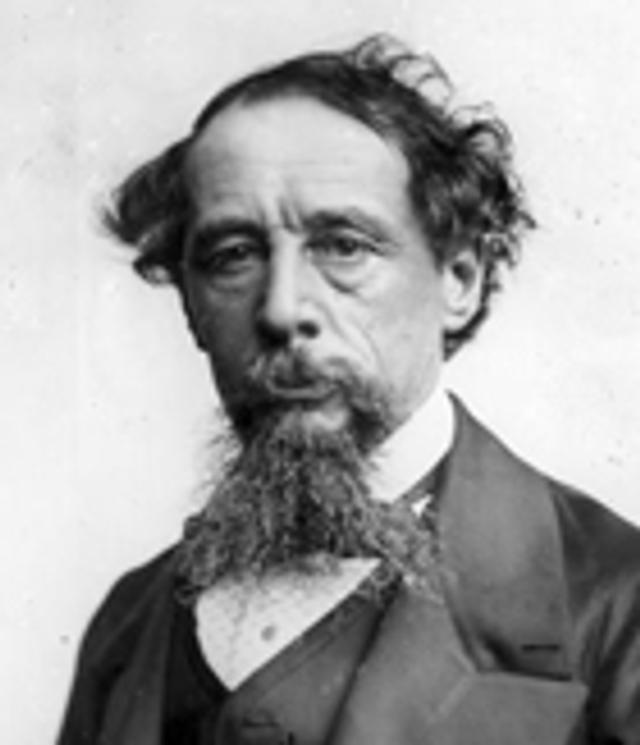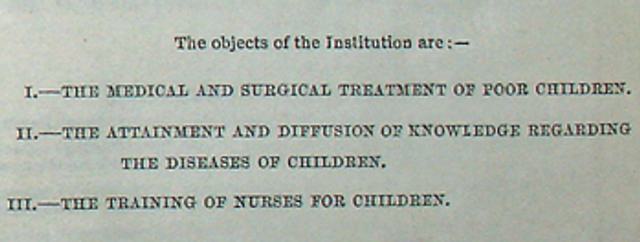Great Ormond Street Hospital: legacy marketing 1856
- Exhibited by
- Richard Hick
- Added
- September 04, 2009
- Medium of Communication
- Target Audience
- Legacy, major gift.
- Type of Charity
- Children, youth and family, healthcare.
- Country of Origin
- UK.
- Date of first appearance
- 1856.
SOFII’s view
This announcement in the annual report of The Hospital for Sick Children (later Great Ormond Street Hospital) appeared just four years after the hospital was founded, but it was already obvious that gifts of legacies would be very important to the health and development of the hospital. The language used is charming and interesting in itself, but the author of the announcement appears to have assumed that legators would be male. This may of course simply reflect the style of the times. As the exhibit shows, the hospital’s first bequest came from a woman. Almost inevitably, most others since will have too.
Summary / objectives
The hospital opened its doors on February 14th 1852. The first legacy, £400 less tax from Miss Thompson of Brighton, was received in 1855. The annual report for 1856 carries a full-page legacy prompt displaying, without comment, the model wording for the inclusion of a gift.
Charles Dickens was an early fundraiser for the hospital. Through writing articles in his magazine, Household Words, Dickens introduced wealthy supporters to the institution. In 1858 he helped the hospital survive its first major financial crisis, when he spoke at the first annual festival dinner and gave a public reading in aid of the hospital at St. Martin-in-the-Fields church hall. This also raised enough money to enable the purchase of the neighbouring house, No. 48 Great Ormond Street, increasing the bed capacity from 20 to 75.
Background
A significant gift (£240,000 at today's prices) was received just three years after the hospital was opened. Receiving such a large gift so early must have made the founder, Charles West, acutely aware of the contribution that legacy income could make and promoted it forthwith.
Merits
This exhibit is interesting in that, even today, the general perception among fundraisers is that legacy fundraising is relatively recent. This tends to indicate otherwise. There is also a cultural note to be made, which is that the giving and receipt of legacies figured strongly in Victorian literature and is largely absent today.
 View original image
View original image
Also in Categories
Tags
- Legacy


















